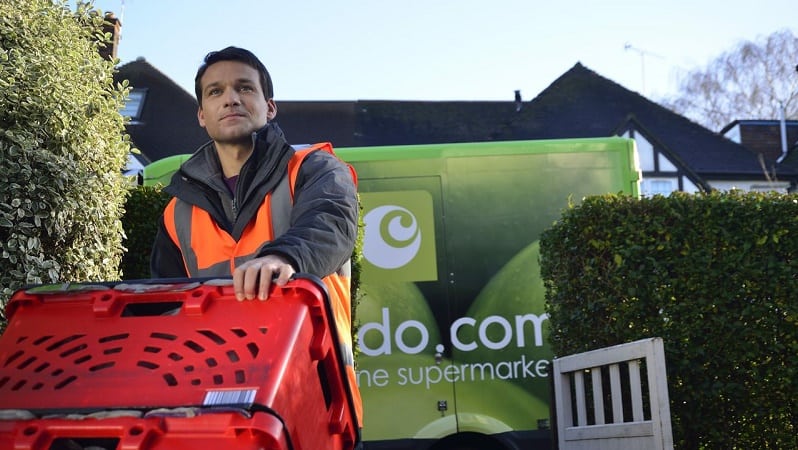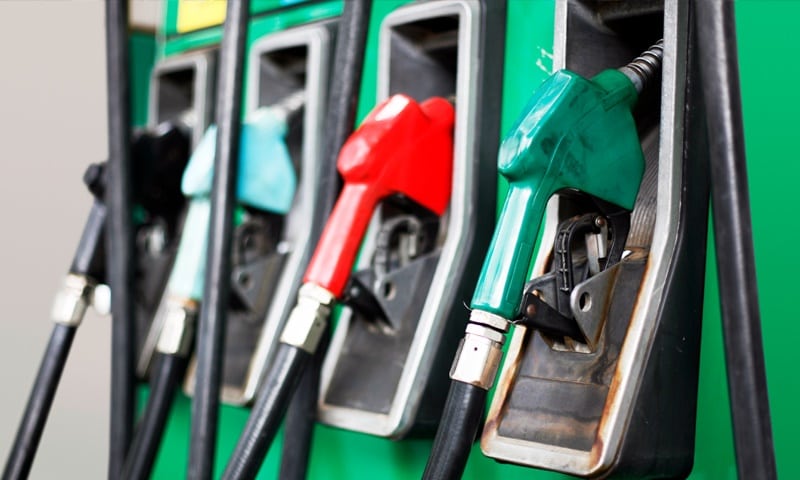Monday 2 May
- -Purchasing managers’ indices (PMIs) for manufacturing in Europe and the US
- -In the US, quarterly results from Berkshire Hathaway, NXP Semiconductor. The Mosaic Company, ON Semiconductor and Clorox
Tuesday 3 May
- -Full-year results from Card Factory
- -First quarter results from BP
Surging Brent crude and natural gas prices, which have shot up by two thirds and 150% so far this year respectively, are putting the oil giants on track to have one of their best years on record. Analysts are forecasting profits at BP will hit $16bn in 2022, 25% higher than the $12.8bn it raked in for 2021.
While this may lead to an increase in capex for the first time in a decade, AJ Bell investment director Russ Mould and financial analyst Danni Hewson note analysts predict the capex/sales ratio will be no higher than the middle of the range seen over the last 15 years.
They said: “That may not lead to much if anything by way of an increase in hydrocarbon output, especially given BP’s plan to shift its business mix toward more renewable sources of energy. Environmental campaigners may be pleased. Householders fretting about their heating bills and the cost of running a car may be less enthused.”
However, BP’s first quarter results are likely to include a ‘material writedown’ of £20bn for ditching its 20% stake in the Kremlin-owned oil giant Rosneft, following Russia’s invasion of Ukraine.
Shareholders will also be on the lookout for the underlying replacement cost profit figure (Q1 2021: $4.7bn) and net debt (currently around $30bn), as well as any changes to the quarterly dividend, which last stood at $5.46. BP is one of countless FTSE 100 firms to get the buyback bug, having committed to repurchasing $1.5bn worth of its stock in the first quarter alone. “It will be interesting to see how much more there is to come on that front,” said Mould and Hewson.
- -Monetary policy decision from the Reserve Bank of Australia
- -PMIs for manufacturing in the UK
- -EU unemployment rate
- -US Job Openings and Labor Turnover Survey (JOLTS)
- -US car sales
- -US factory orders
- -US new homes sales
- -In Europe, a trading update from Logitech, BNP Paribas, Universal Music
- -In the US, quarterly results from Pfizer, AMD, Airbnb, Estee Lauder, Starbucks, Skyworks, Yum China and Lyft
Wednesday 4 May
- -Full-year results from Boohoo
- -Trading statements from Flutter Entertainment, OSB and Direct Line
- -PMIs for services in Europe and the USA
- -UK mortgage approvals and bank lending
- -EU retail sales
- -Monetary policy decision from the Federal Reserve
Markets have priced in a half-point hike at the forthcoming Federal Reserve meeting, boosting the headline rate from 0.5% to 1.0%.
Mould and Hewson said this could be the meeting where chair Jay Powell finally outlines the central bank’s plans for quantitative tightening (QT).
“Mr Powell has hinted at a rate of withdrawal of some $95bn a month. The Fed’s balance sheet assets currently stand at $9trn, so even at that rate it will take just over four years to sterilise the $5trn in QE stimulus added since the start of the pandemic. We shall see how close it gets to that, given that financial markets and the US economy were creaking before the pandemic in late 2019, after just $600bn of QT shrank total Fed assets to $3.8trn.”
- -US oil inventories
- -US ADP monthly employment change survey
- -Europe, quarterly results from Novo Nordisk, Volkswagen, Siemens Healthineers, Ferrari, Sberbank and Vestas Wind Systems
- -In the US, quarterly results from Uber, Ford, Moderna, Barrick Gold, Yum Brands and Wolfspeed
Thursday 5 May
- -Full-year results from Trainline
- -First-half results from Virgin Money UK
- -Trading statements or quarterly results from Next, Mondi, Barratt Developments, Derwent London and Reach
- -First quarter results from Shell
Shell is also bracing for a hit from the sale of its Russian assets, albeit much smaller than BP at $5bn.
Preliminary figures showed it made an underlying current cost of supplies profit of $3.2bn in the first quarter. Every $10 off a barrel of Brent crude equates to roughly $1.1bn of profits at its Integrated Gas operation and $2.5bn at Upstream, Mould and Hewson note.
Like other global oil peers, selling down assets and paying down debt will still be the top priority for Shell, as will returning excess cash to shareholders instead of embarking on capital investment projects or acquisitions, they added.
“Shell sold nearly $15bn of assets in 2021, most notably its onshore shale fields in the USA to BHP. Coupled with tight capex budgets, a dividend cut and improved earnings, that cash has helped to reduce net debt from the Q4 2019 peak of $78.4bn (excluding leases and pension liabilities) to $52bn.
“Shell repurchased $2.9bn of shares in 2021 and has already outlined a plan to buy back $8.5bn more in the first half of 2022 alone. That would already be the FTSE 100 firm’s second-largest annual buyback since 2005, with only 2019’s $10.2bn coming in higher.”
-Monetary policy decision from the Bank of England
Unlike the Fed, Britain’s central bank is expected to opt for a smaller quarter-point hike to 1.0% and subsequent raises to 2.25% by the end of the year.
While the BoE has already got a head start on QT, reducing its balance sheet to £867bn, the fact US rates are expected to move higher than the UK by the end of the year means “sterling is sagging against the dollar”, Mould and Hewson said.
“The pound is admittedly not on its own in this respect. The euro stands at its lowest ebb against the dollar since spring 2020 and the yen trades at a 20-year low against the greenback. Interest rate differentials, actual and anticipated, are surely having a role to play here, although traders may also be turning to the dollar as a potential haven asset, given the ongoing war in Ukraine and gathering concerns over a global economic slowdown.
“The trade-weighted dollar DXY currency basket may be back over 100 for the first time since early 2020 (and then 2016 and 2003 before that) but the buck is not having it all its own way. The US currency is clearly down against oil, gas and gold in the past year, and they may, at the moment, be the hardest currencies of all,” they added.
- -German factory orders
- -PMIs for services industries in the UK
- -OPEC meeting
- -US Challenger Gray & Christmas job cuts survey
- -US weekly unemployment claims
- -In Asia, quarterly results from Budweiser APAC Brewing,
- -In Europe, quarterly results from Anheuser Busch-Inbev, Airbus, BMW, Arcelor Mittal and Stellantis
- -In the US, quarterly results from ConocoPhillips, Zoetis, Shopify, DoorDash, Kellogg and Royal Caribbean Cruises
Friday 6 May
- -Trading statements or quarterly results from InterContinental Hotels and International Consolidated Airways
- -Halifax house price index in the UK
- -Purchasing managers’ index (PMIs) for the construction industry in the UK
- -US non-farm payrolls, unemployment rate and wage growth
- -In Asia, quarterly results from Alibaba
- -In Europe, quarterly results from Adidas










